In the late 1980's I was commissioned to restore the fence, working from the well-rusted and pitted remains of the various bits of the fence. Some sections, perhaps inches across, were missing altogether.
It was my job to figure out how the fence was made in the first place, where the parts came together, and how they were cast.
There are often long discussions that accompany a project like this. We have to figure out how to hold the whole thing together, often trying to improve on the original structure. We have to make the patterns work in the foundry. On a job this big, there are some dozens of small pieces to be cast, so I might be asked to make a tool that makes multiples of the part to keep the cost down.
It's fun to be part of this kind of effort, connecting, in a way, with the original builder and foundry guys, making something that might extend the life of this bit of history for another century or so.
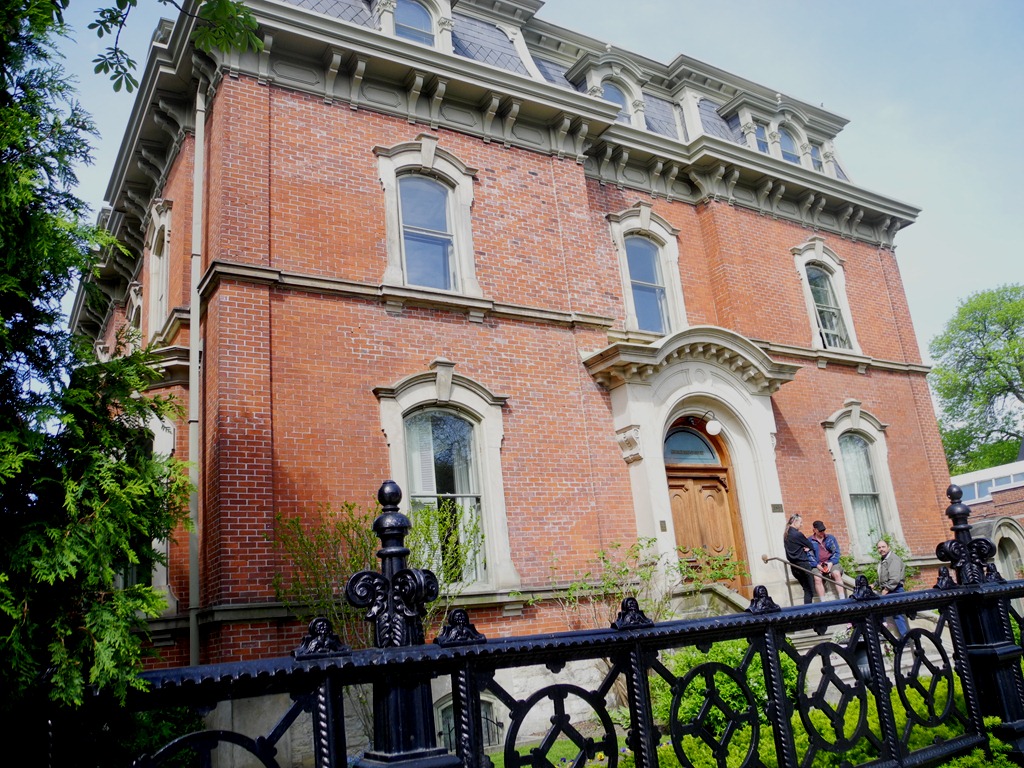
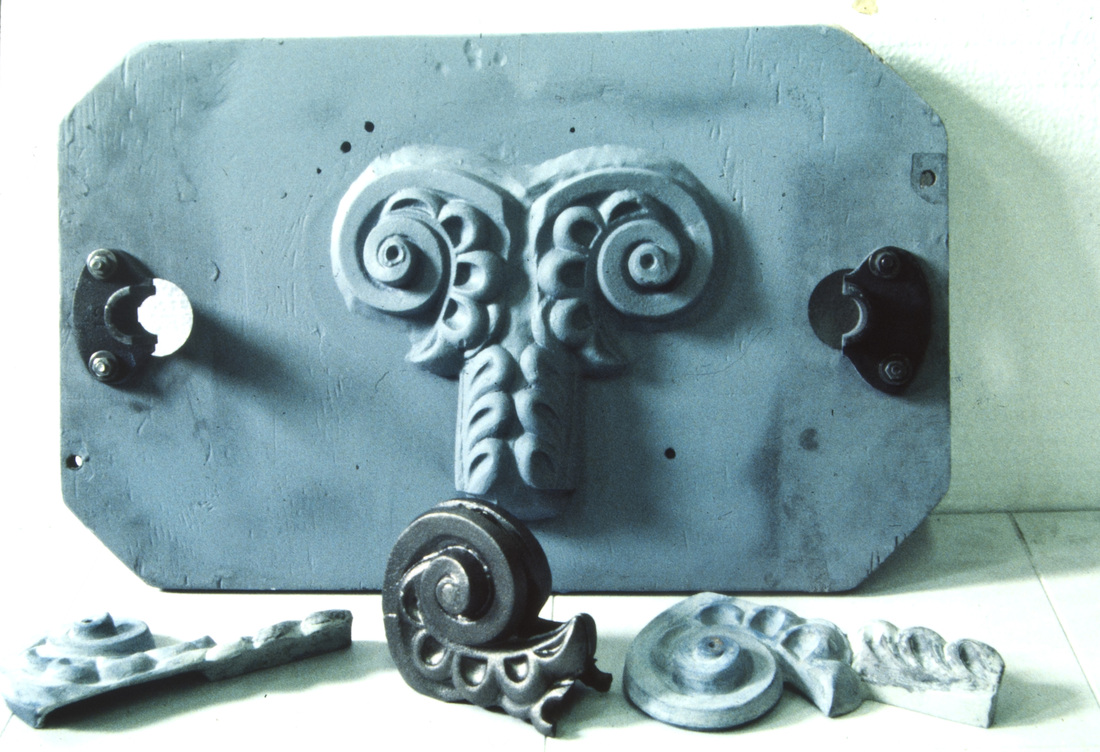
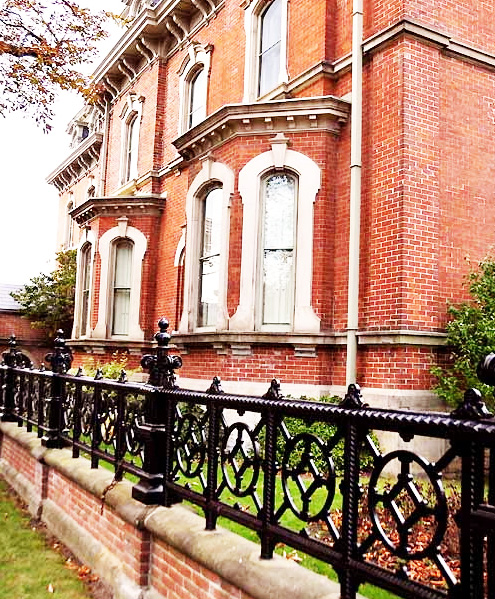
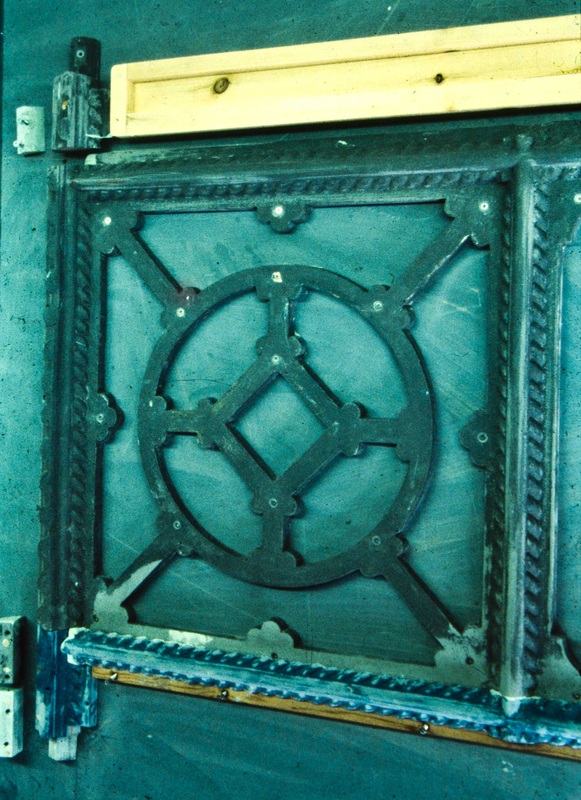
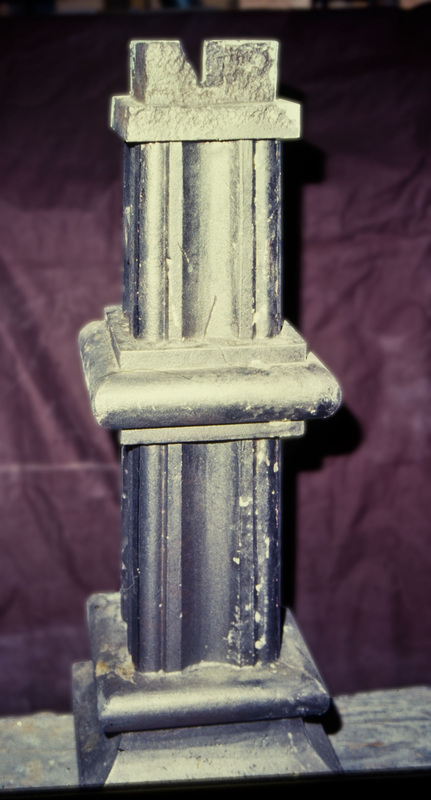
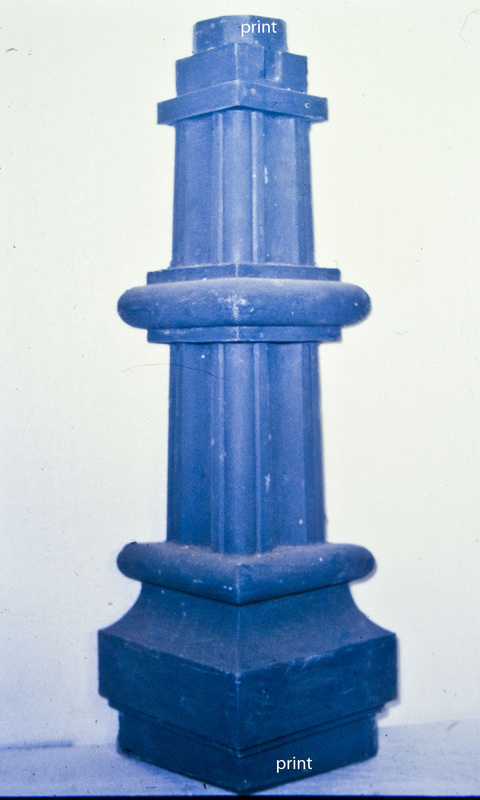
 RSS Feed
RSS Feed
